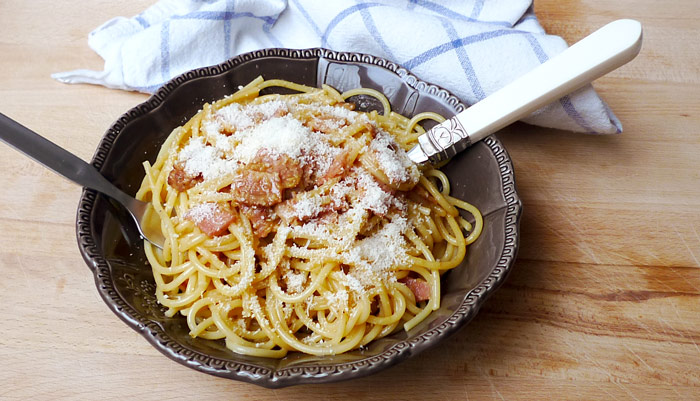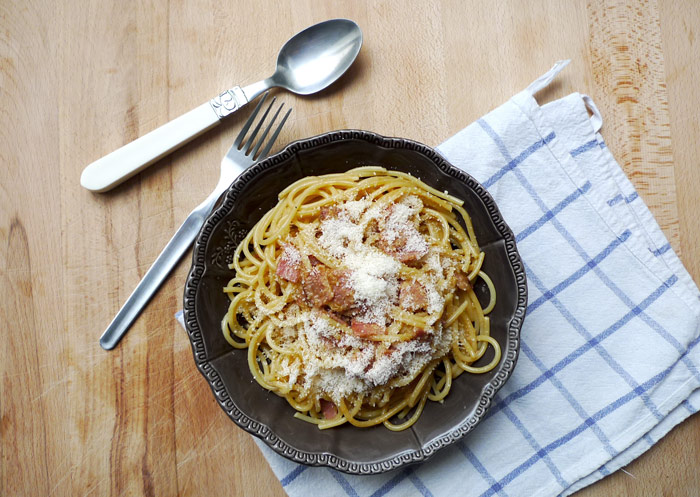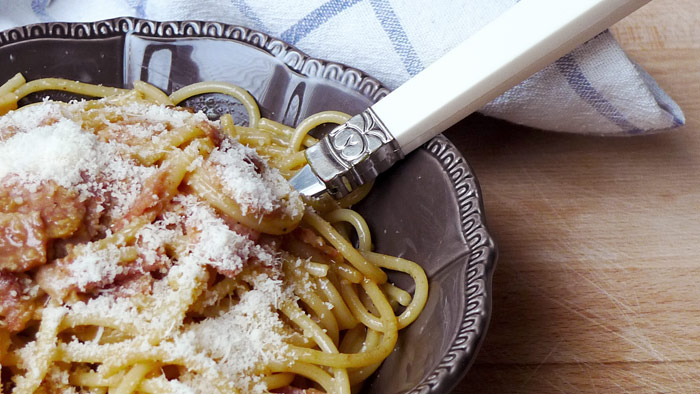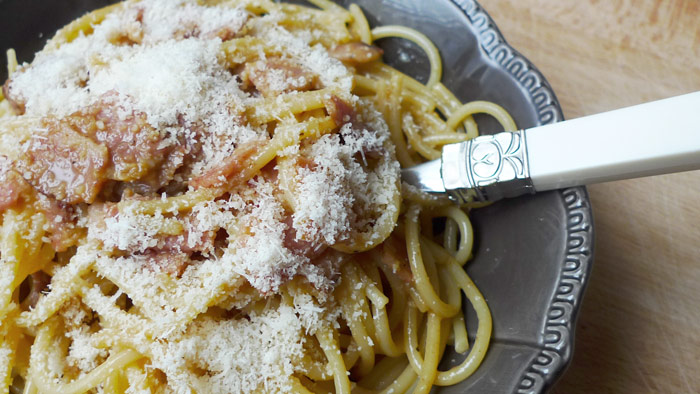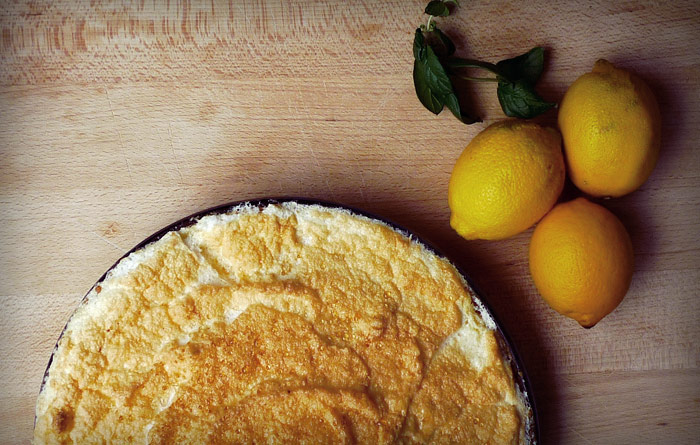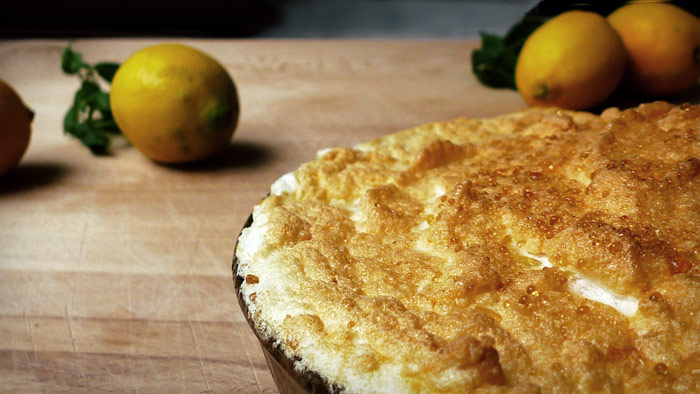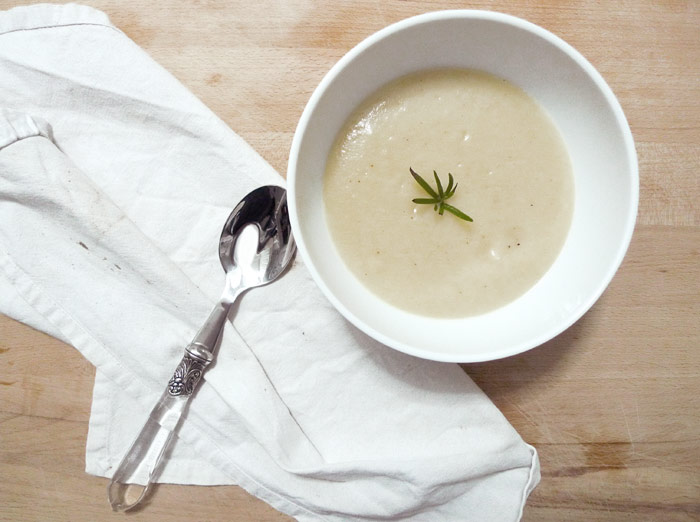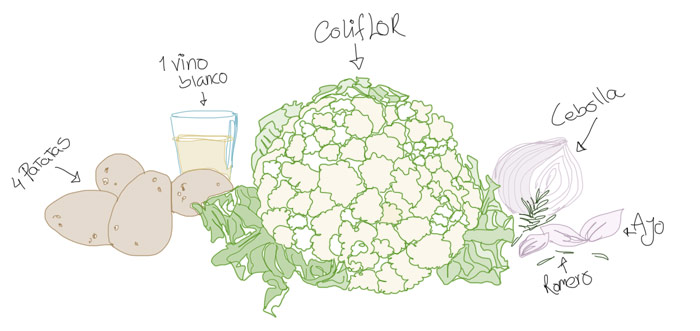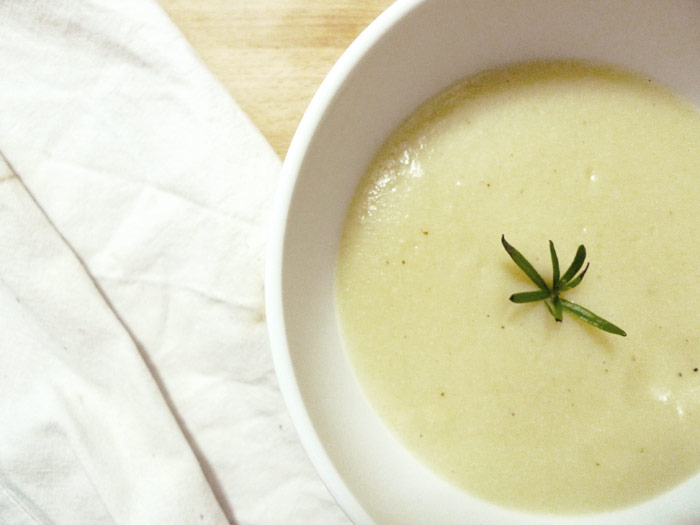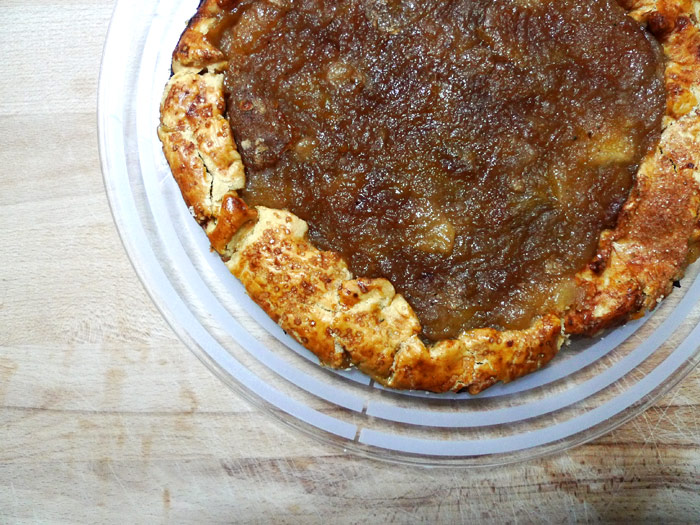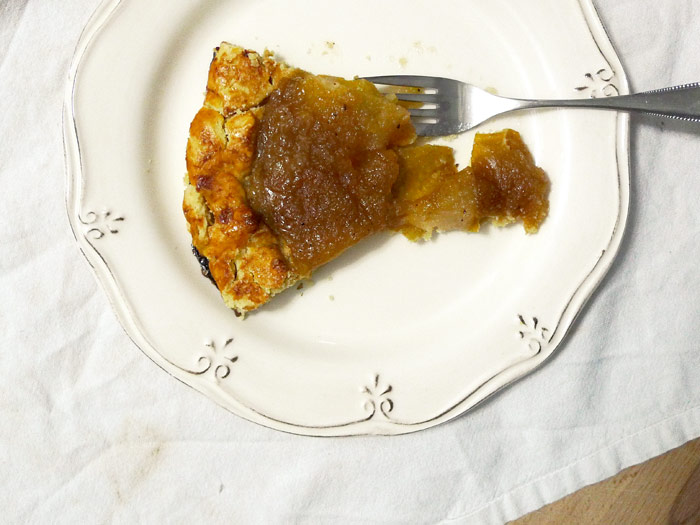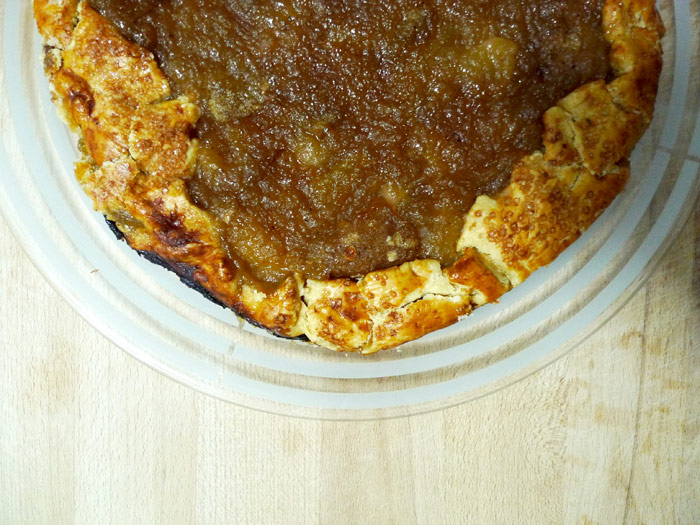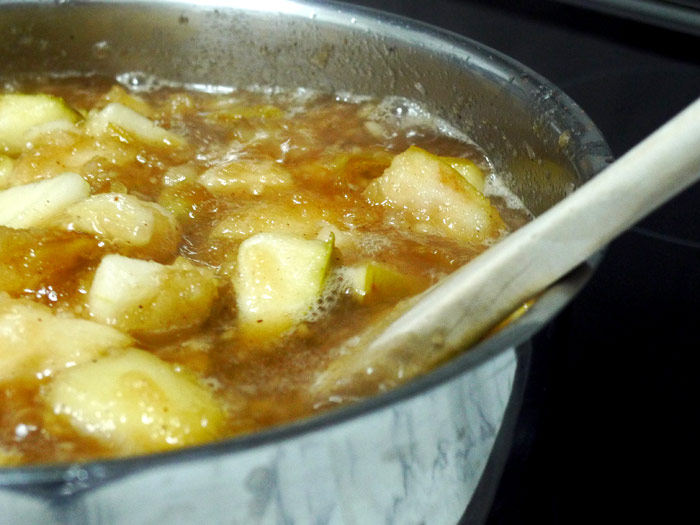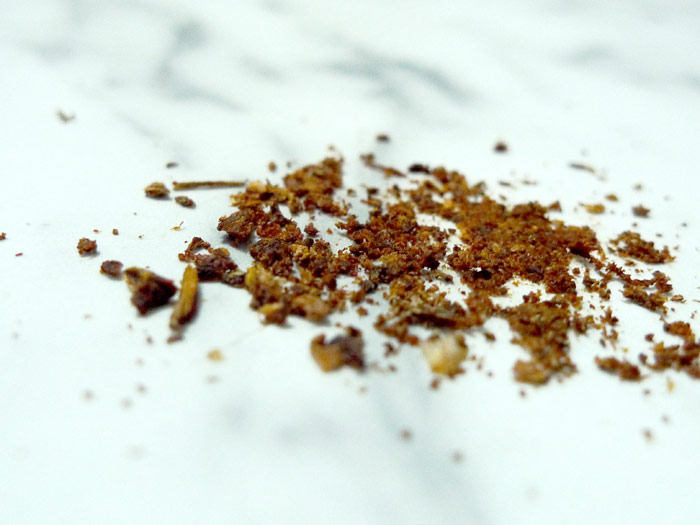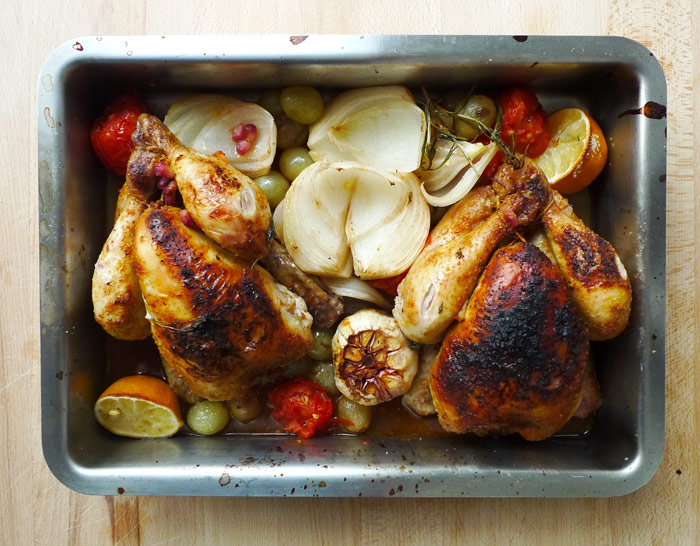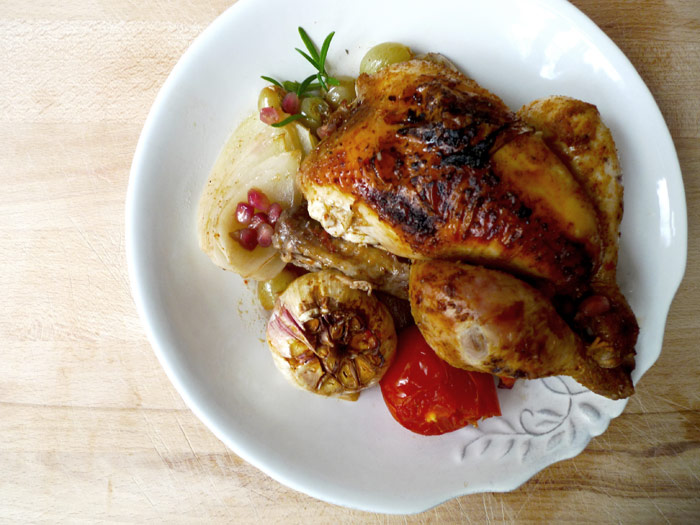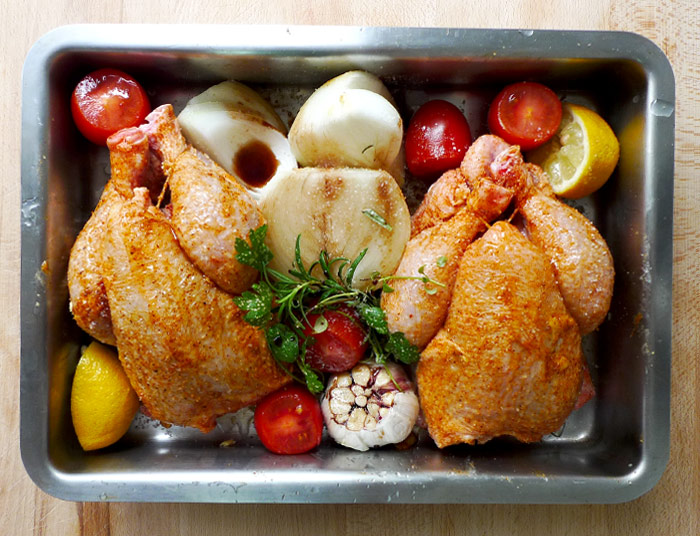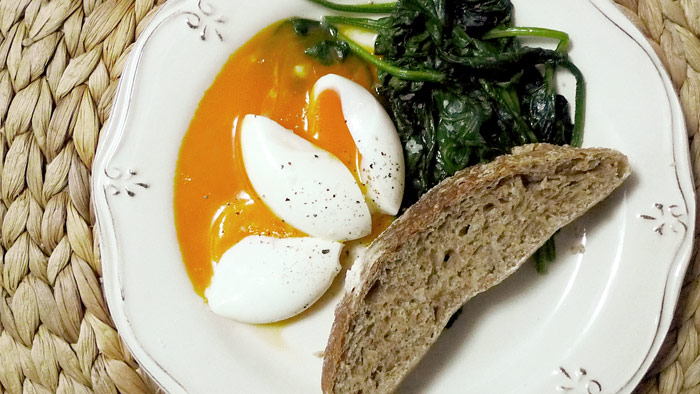
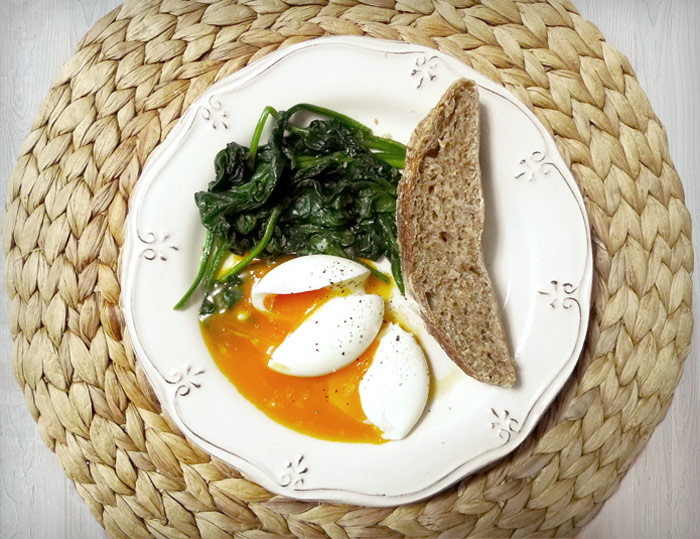
[tp lang=”es” only=”y”]El huevo, los huevos, soy una fanática perdida y enamorada de los huevos. Me da igual lo que digan al respecto que si comer huevos es malo, que si una vez por semana como mucho… no estoy de acuerdo. Soy de las que creo que vale la pena gastarse el dinero en unos buenos huevos, de gallinas sanas y de preferencia que corran libres por los verdes prados. Los huevos de gallinas presas y enfermas son malos, los otros no. Así que como me encantan, también me encanta prepararlos y creo que son de las cosas más complicadas de aprender a hacer bien. Por simples que parezcan unos huevos bien hechos tienen mucha complicación. Y la diferencia se nota. Una simple tortilla, una vez que estudiamos como se hace realmente una omelette, cambia por completo! La vida no es la misma una vez que una se come una omelette bien hecha, lo prometo. Sigo peleando con el huevo poché y el frito perfecto tiene su aquel.[/tp]
[tp lang=”es” only=”y”]Los Franceses, esos seres que se dedicaron a crear muchas de las técnicas de cocina que usamos en el mundo mundial y a estudiarlas y registrarlas por supuesto, tienen mucho que decir acerca de los huevos y muchísimas técnicas especificas de como prepararlos (en el libro de técnicas culinarias de Escoffier hay más de 90 sí… 90 recetas de huevos y eso sin llegar a los omelettes!) Y técnica es la palabra por que son reglas inamovibles de como preparar un tipo de huevo u otro. Estrictos, sí pero los resultados lo valen.
Me he propuesto aprenderlas todas (esa es la idea a menos) de momento vamos con una de las sencillitas. Oeuf mollet, esto que significaría huevo mullido es un tipo de huevo cocido. Se diferencia de el huevo cocido por el tiempo de cocción y el estado líquido de la yema. Se cuecen con cáscara por lo que tampoco son huevos poché.
Simple. Un par de buenos huevos, mientras más frescos mejor, pero esto es difícil de saber con exactitud. Un cazo con agua, que rompa a hervir y sólo cuando este hirviendo meter los huevos enteros. 5 minutos por reloj! sacar, pasar por agua fría y pelar con mucho cuidado ya que son muy delicados y si se nos rompen fuera del plato la yema se saldrá entera y será un pequeño desastre.
Un pan y unas espinacas y para mi al menos, poco hay más rico que esto![/tp]
[tp not_in=”es”]The egg, eggs, I’m a fan of eggs. I don´t care what they say about them, that eating eggs is bad for you, that you should only have them once a week… I don´t agree. I am think it´s worth spending your money on good eggs from healthy chickens that run free preferably by green meadows. Eggs from hens that are stuck and sick are bad for you, I believe eggs from healthy hens aren´t. So as I love them, I also love to prepare them. I think are the hardest things to learn to do well. As simple as they seem, well made eggs have some complications. And the difference is noticeable. A simple omelette, once you learn how an omelette is actually made, it changes it completely! Life is not the same once you have an omelet well done, I promise. I keep fighting the perfect poached egg and the fried is still tricky.
The French, those beings who were devoted to create many of the cooking techniques we use in the global world and of course to study and record them, have a lot to say about eggs and many specific techniques to prepare them (in the book of culinary techniques of Escoffier there are more than 90 yes… 90 egg recipes and that´s without reaching the omelettes!) And it´s quite technical, there are immovable rules on how to prepare a type of egg or other. Strict, yes but the results are worth it.[/tp]
[tp not_in=”es”]I intend to learn them all (that’s the idea at least) for now we go with one of the easy ones. An oeuf mollet (this would mean fluffy egg) is a type of cooked egg. It differs from the cooked egg in the cooking time and the texture of it´s liquid yolk. You boil them in the shell so they are not poached eggs.
It´s simple if you follow the rules. A couple of good eggs, freshest is best (I know this is difficult to know exactly). Take a pot with water to a boil and only when it´s actually boiling put the whole eggs in. 5 minutes per clock! time it. Take them out through some cold water and peel them carefully as they are very delicate and if you break them off the plate the yolk will pour all over and you will have a small disaster.
A good bread and some spinach and at least for me, there is little richer than this![/tp]

